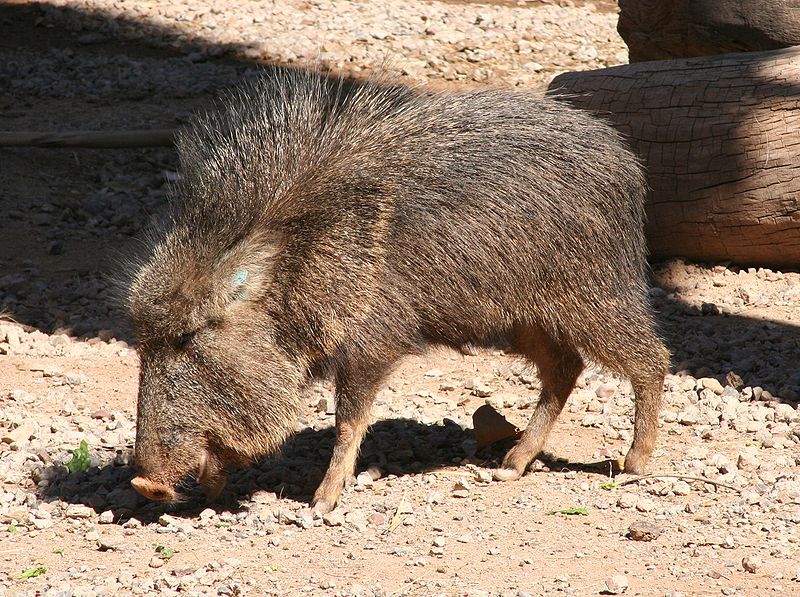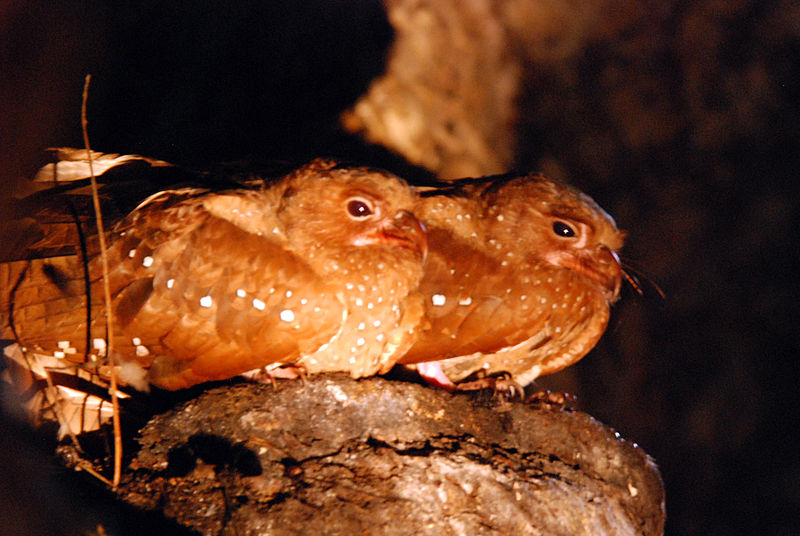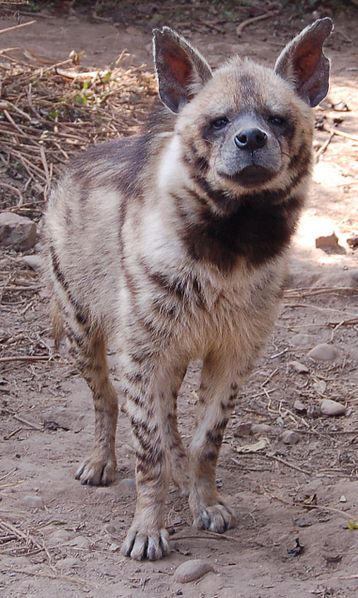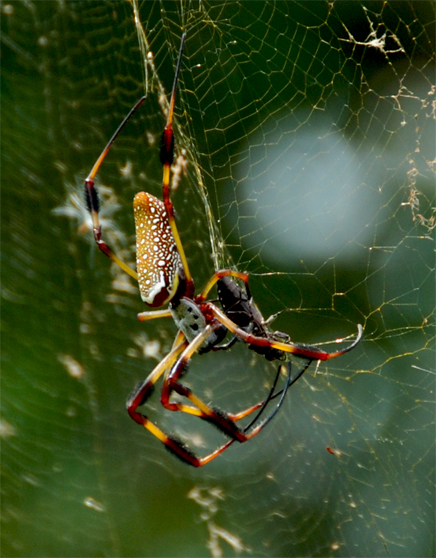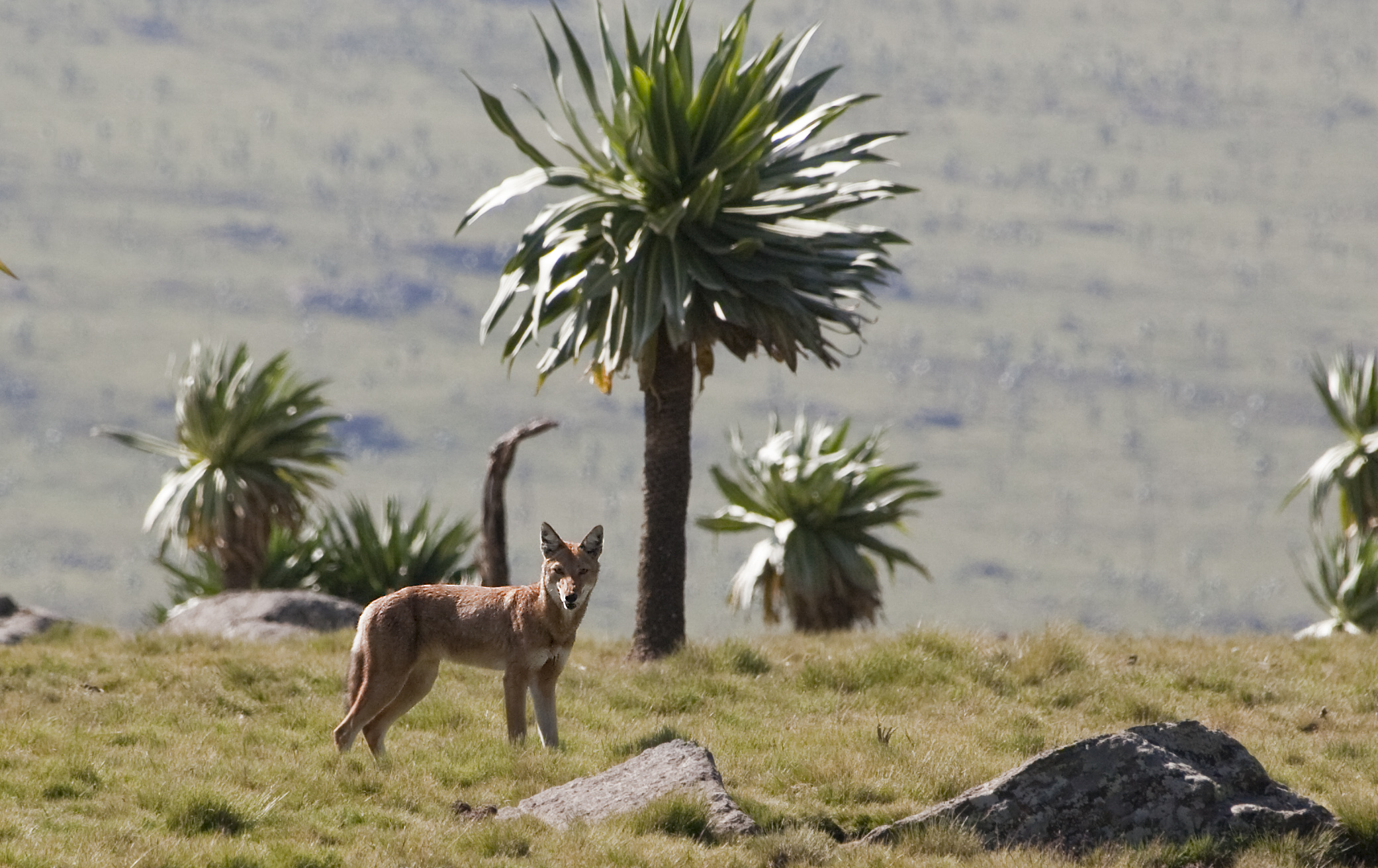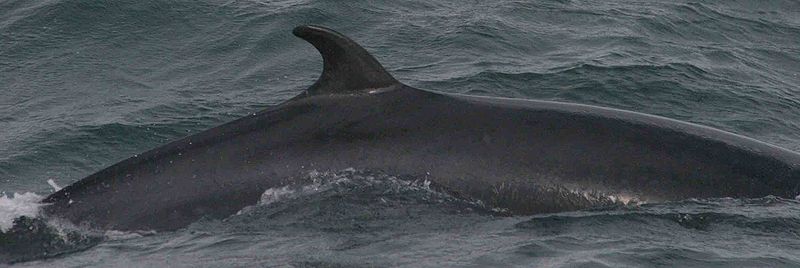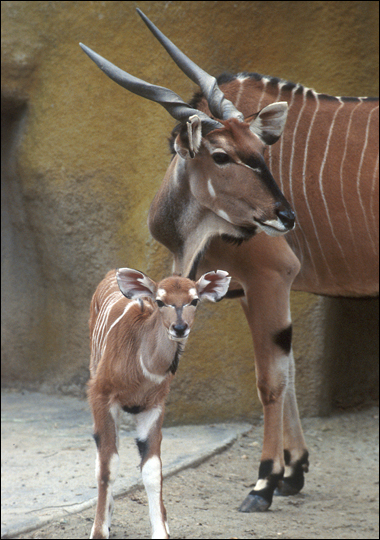
It looks like we have finally made it to the end of another week. I hope my American readers enjoyed their Thanksgiving yesterday and are sitting in line somewhere taking advantage of some amazing Black Friday sales today. I couldn’t think of an animal that represented “Black Friday” so I figured we would just take a trip to Africa to learn about the Western Giant Eland. Interestingly enough there are two subspecies of the Giant Eland. One of them is found in Senegal and happens to be critically endangered while the other, which is found in Central Africa is considered to be low risk. Go ahead and try to guess which one the Western Giant Eland is.
World’s Largest Antelope
The Western Giant Eland is also known as the Western Derby Eland. Personally, I like the Derby one so I may just use that name a few more times. No matter which name you prefer, it doesn’t change the fact that this Eland is the world’s largest Antelope species. It also doesn’t take away from the fact that they are critically endangered (did you guess right?). Although, their small patch of land is still being destroyed, recent conservation efforts should ensure the survival of the Western Derby Eland for a little longer.

The High Jumper
You may be disappointed if your life’s mission is to get a close up view of the Giant Eland. These animals are very alert and wary of humans, which makes them very difficult to approach. Similarly, you won’t stand a chance if you try to run after them since they are known to reach speeds up to 70 km/hr (43 mph). To make things even more difficult these large animals are also capable of jumping great heights. In fact, they are capable of easily jumping 1.5 m (4.9 feet). Not bad for an animal that can weigh up to 900 kg (2000 lbs).
Social Networking
The Western Derby Eland is social animal and will often be seen in herds of 20 or more individuals. As well, these animals hardly show signs of aggression and are not territorial. They seem like they are friendly antelopes that just don’t want to be bothered by humans. I guess I can’t blame them since we are kind of making them endangered.
That does it for this week of Wild Facts. Enjoy your weekend and I will see you on Monday.

